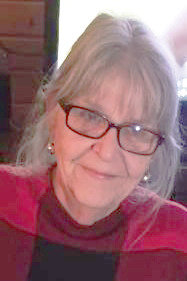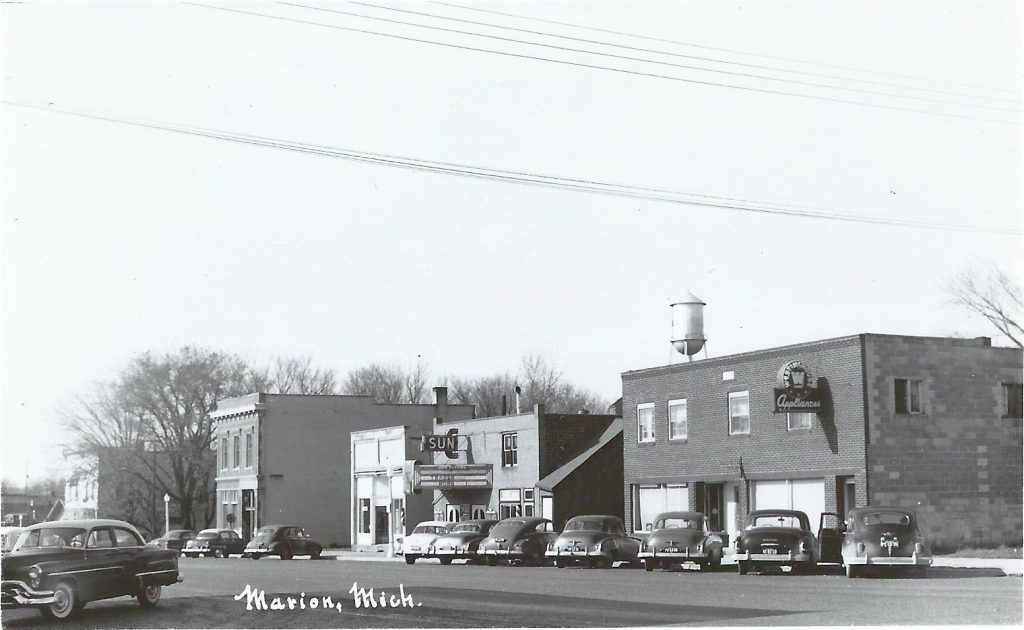

Every ten years the Federal Census Bureau releases the information contained in a census. Most recently released, 72 years after it was taken, is the US Census of 1950.
If you are a family history/genealogy/ancestry geek like I am, you already know that the census is out there, ready for eager eyes. I was especially excited because this census contains information on the branch of my family tree, where I am a leaf.
Since the previous census, ten years earlier in 1940, a lot sprouted on that branch. My parents met and married and just before the 1950 census my grandpa died and I happened. Those events are reflected within the 1950 census taken in the Village of Marion.
When the 1940 census became available, I read those counted in the Village of Marion. I found my grandparents among the missing. They and my youngest uncle were living at that time in the Upper Peninsula where grandpa taught school. My aunt and her small family were living in Winterfield. My dad at 20 was living in Marion and boarding at a place on Main Street. He was listed as being a mechanic/truck driver.
Ten years later, on the 1950 census he was married, living elsewhere on Main Street and was employed in the oil fields. I made my appearance, just in time to be counted and was for the first time. I was counted as a member of my family, a Marionite and as a new American.
The sole census taker or enumerator for the Village of Marion in 1950 was, luckily for record readers, the late Emily Ida Kibby who wrote in a neat, steady and very legible hand; and who, by the way, likely knew the folks at each household she counted. Her records are easy to read and names are spelled correctly, unlike several I noted on the Marion and Winterfield Township censuses. Those enumerators were from other counties.
The information is basic, as I see it. Names, ages, relationships, plus a few other ‘who and where you are’ questions. It is up to those dealing in statistics to unravel it all. Among the questions asked of everyone involves occupation and work. In 1950 the greater Marion area was a large farming community. The pages of the census record ‘Farmer’ as the occupation of the head of the household, address after address. The farmer’s older sons were sometimes listed as ‘farm help’ and not as ‘in school’. Larger farms had a ‘farm laborer’ or two in residence. Farm laborer was a common occupation for men from twenty to old age.
The farmer’s wife, in 1950, was named and identified as ‘wife’. She was more than likely not employed outside the farm, earned no wages, and was not looking for work. (She didn’t have time.) Those three questions were asked of everyone, regardless of age.
I noted the names of several local ladies who were very early employees of Marion’s Riverside Electric Mfg., and proud to say so. Riverside opened its doors here in 1948.
One thing stands out clearly from those days to these. Marion and her surrounding neighbor townships (spread within three counties) were, and still are, very agricultural and very dairy. In the past 70 plus years the science of farming, improved agricultural practices and implements has given the local farm a new face, a much larger one. The days of 40 acres and a few cows are long gone.
- * *
Thanks to all who inquired about the health of the Gardener’s brother Paul. He has been released from the Grand Rapids hospital where he spent a week in rough shape. His simple surgical procedure brought him a much too close encounter with e-coli of the worst kind. We are thankful that he is doing better and is on the mend.
This week’s photo is a shot of the East Main Street block between the bank and LCM Surveying. All but one of these buildings are gone now but each was a thriving business. Today, so is the survivor. In 1952 it was Dr. Youngman’s office and a furniture store. Today, it’s Shanajac’s Pizza and Teasers II.
